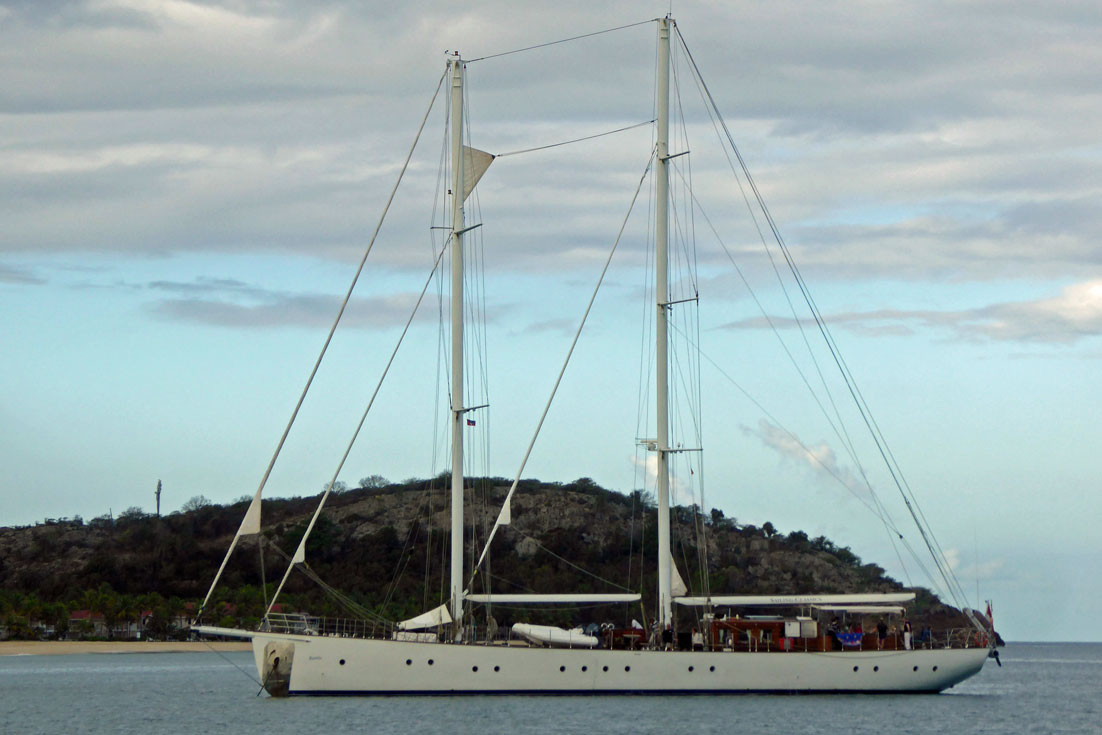Overview of Sailboat Rigging
Sailboat rigging plays a crucial role in sailing, comprising various wires, ropes, and components that support the mast and control the sails. This system is categorized broadly into standing rigging і running rigging. Standing rigging includes shrouds, stays, and forestays, which provide static support to keep the mast upright. In contrast, running rigging encompasses halyards, sheets, and control lines, allowing sailors to hoist, trim, and adjust the sails dynamically. Mastering the maintenance of both types is essential for safety and effective performance while sailing.
Table of Contents
Understanding Standing Rigging: The Backbone
Exploring Running Rigging: The Workhorse
The Importance of Masts and Spars
Поширені запитання
Standing Rigging: The Backbone of Your Sailboat
Standing rigging serves as the silent guardian of your sailboat. Comprising a network of wires, rods, and fittings, this element is tasked with keeping the mast secure against the elements—especially the forces generated by wind and waves. Unlike the dynamic aspects of running rigging, standing rigging remains static, performing its duty without frequent handling from sailors.
The safety of both the vessel and its crew hinges on the condition of standing rigging. Regular inspections and maintenance are key practices to prolong its longevity. Basic care for standing rigging includes:
Shrouds: Wires extending from the mast to the sides of the hull, providing lateral support.
Stays: Wires connecting the mast to the bow and stern, critical for preventing mast tilt.
Chainplates: Metal plates fastened to the hull, serving as the anchor points for shrouds and stays.
Turnbuckles: Devices used to adjust the tension in the standing rigging, which is crucial for proper sail shape and mast alignment. Refer to detailed resources on rig tuning for advanced techniques.
After extensive journeys, performing visual inspections of standing rigging should be a priority. Look for frayed wires, signs of corrosion, and bent fittings. It’s advisable for offshore sailors to replace standing rigging every 10 to 15 years, regardless of visible wear.
Running Rigging: The Workhorse of Your Sailboat
On the other hand, running rigging is where sailors directly engage during their sailing adventures. This element consists of ropes, known as ‘lines’ in sailing terminology, that facilitate raising, lowering, and controlling the sails, making it dynamic and essential.
Key components of running rigging include:
Halyards: Lines utilized to hoist the sails, pivotal in controlling the height and function of sails.
Sheets: Lines used to adjust the angle of sails in relation to the wind, crucial for optimizing performance.
Control Lines: A category encompassing various lines like the vang and outhaul, vital for managing sail shape and function.
Blocks and Winches: These mechanical components assist in managing the considerable loads on lines, making sailing more manageable.
Since wear-and-tear is inherent to running rigging, it is typically replaced more frequently than standing rigging. Regular inspection and timely replacement of worn lines ensure that sailing experiences remain uninterrupted and safe. Carrying spare lines for emergencies during long voyages is also a wise practice.
Masts, Booms, and Spars: The Foundation of Rigging
The discussion of rigging wouldn’t be complete without mentioning the central components that hold everything together: masts and spars. The mast serves as the primary vertical spar from which sails are set, while booms extend horizontally, providing essential support for mainsails.
Common materials used for masts include aluminum, carbon fiber, and wood, each with unique advantages and disadvantages:
Spar Materials Comparison
| Material | Переваги | Disadvantages |
| Aluminum | Cost-effective and durable; easy to maintain. | Heavier than composites; may corrode without care. |
| Carbon Fiber | Lightweight with high performance; superior weight-to-strength ratio. | Expensive and can be brittle if unprotected. |
| Wood | Aesthetically appealing with great dampening properties. | Requires extensive maintenance; heavier than modern materials. |
Understanding these different components and materials enhances sailor awareness and contributes to the safety and effectiveness of their sailing endeavors.
Висновок
In summary, maintaining your sailboat’s rigging is vital for both safety and performance. Emphasizing proper inspection, maintenance, and timely replacements ensures that sailing adventures remain joyful and exhilarating. Exploring the vast expanses of the sea can be an unforgettable experience, and having reliable equipment is a significant part of that journey.
At GetBoat.com, the focus is on providing a seamless platform for sailing enthusiasts to rent boats and yachts tailored to their unique preferences and budgets. This dedication to transparency and choice represents our commitment to exceptional sailing experiences. Expanding horizons is made easier with GetBoat, as it helps connect individuals with the untamed beauty of the ocean. So if your next adventure calls for the sea, consider renting a boat to explore countless inlets and bays, each with its distinctive charm, just as you would savor a destination’s rich culture and cuisine. Don’t forget to check out GetBoat.com!


